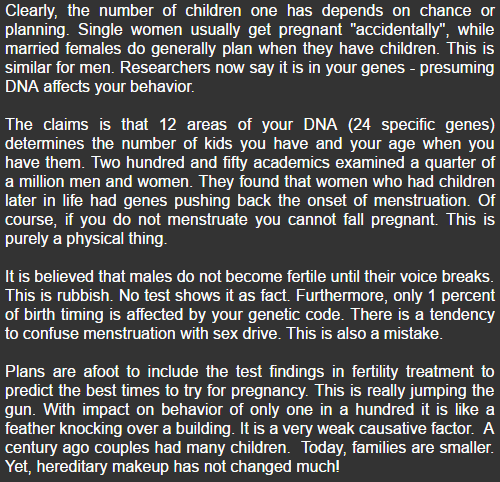The plastics industry could be challenged by new product developed from an Australian masked bee. The insect creates a cellophane-like substance when making its nest. A company named the Humble bee in Wellington, NZ is researching the material to determine if it can be mass produced.
~
humble bee how zealand's forward-thinking biotech company helping disrupt plastics industry humble australian bee helping disrupt plastics industry skip sections navigation skip content skip footer network subscribe log open menu sydney morning herald subscribe close search site sections network home sydney nsw politics show subsections federal nsw victoria queensland act western australia business show subsections economy markets companies banking finance business consumer affairs workplace world show subsections north america europe asia middle east oceania central america south america africa national show subsections victoria queensland act western australia opinion property sport show subsections nrl rugby union afl soccer cricket racing motorsport netball cycling tennis basketball golf nfl athletics swimming boxing sailing world cup 2018 show subsections fixtures standings teams socceroos entertainment show subsections movies tv radio music celebrity books comedy dance musicals opera theatre art design tv guide lifestyle show subsections life relationships health wellness fashion beauty horoscopes money show subsections super retirement investing banking borrowing saving tax planning budgeting insurance education healthcare environment show subsections conservation climate change sustainability weather technology cars travel food wine executive style today's paper subscribers letters editorial column obituaries good weekend quizzes weather sydney morning herald age brisbane times watoday canberra times australian financial review domain commercial estate allhomes drive good food traveller executive style sixty essential baby essential kids babysitter store weatherzone rsvp adzuna advertisement exclusive national plastic humble australian bee helping disrupt plastics industry esther han june 2018 — 44pm normal text size larger text size large text size talking points humble bee early stage biotech startup company based wellington zealand studying australian masked bee hylaeus genus whose nesting material similar plastic wants disrupt plastics industry starting outdoor gear apparel market global market plastic products worth trillion growing per cent year doesn't honey live hive yellow stripes unassuming australian masked bee holds key disrupting trillion-dollar global plastics industry biotech start-up company found solitary masked bee's cellophane-like nesting material water-repellent expected resistant flames temperatures strong chemicals australian masked bee hylaeus genus solitary bee makes cellophane-like nesting material young photo usgs bee inventory monitoring lab humble bee based zealand now process reverse-engineering nesting material bid manufacture biodegradable alternative plastic large scale competitive price plastic particles chemicals permeated ecosystems organisms world foetal blood babies remote arctic lakes pervasive terrifying founder veronica harwood-stevenson said australian masked bee one centimetre long yellow badge back photo usgs bee inventory monitoring lab advertisement many types plastics we're looking one type we're working useful industrial properties believe applications multiple industries began ms harwood-stevenson came throwaway line research paper how species solitary bee's nesting material cellophane-like had potential bioplastic struggling enough hylaeus bees zealand ventured noosa queensland met chris fuller kin kin native bees who coincidence had figured trap nest bees same family special wooden blocks. ~ aussie, insects, sweet, sugar, hive, babies, fly, alone, flying, catching, breeding,
| ★ images ★



















